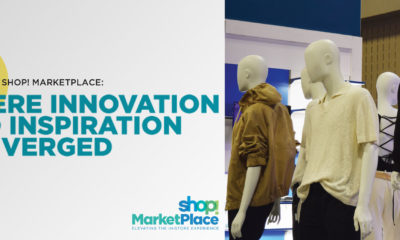You have been associated with two of the greatest retail branding programs ever: Nike and Starbucks. What makes a great brand?
For starters, the best brands serve a purpose greater than profit. If the only reason you exist is to turn a profit, don’t tell your employees or customers. It’s about how you achieve profitability. It’s easy to write a compelling brand purpose statement – I write them often – but it takes a collective, shared conscience at every touchpoint to deliver it consistently. Great brands have courage, creativity and the conscience to deliver what they promise.
How do you turn that into a retail strategy?
When I was CMO at Starbucks we had secret shoppers score every store on 20 different touchpoints monthly. Wait times, drink accuracy, restroom cleanliness, music levels, how customers were welcomed visually or verbally – even the cleanliness of the front door. I once suggested touchpoint analysis for Microsoft Windows, to map the 20 or so steps that are triggered by the blue screen of death, the blame game between MS and hardware suppliers, the search for a new one, in-store support, etc., and they chose three.
Your IRDC presentation talks about “surviving the disinformation.” Why is that a problem?
We’re experiencing the greatest collapse of institutional trust in history. It used to be that if a brand had a problem, it might stay out of sight or could be fixed internally before it got out of hand. Today, negative rumors spread immediately across the world, even if they’re incorrect, and suddenly your brand is distrusted. Surviving the Disinformation Age with your brand equity intact will require a purpose bigger than profit, authenticity at every layer, powerful storytelling across every medium and applying your super-human powers for the greater good every day.
How can brands gain back trust from customers?
Be who you say you are, turn your brand and operation inside out, understand how you treat, pay and benefit employees, and be a master storyteller in words, images, video and your three-dimensional spaces. It doesn’t mean you have to build big new stores, but the stores you have must deliver the brand at its best.
Advertisement
Going Down to NikeTown
The NikeTown stores were one of retail’s signal achievements of the 1990s. How did that start?
In 1987, Foot Locker had 800 stores and 30 percent of Nike’s retail sales. With that power they tried to extract some concessions from Nike, including getting Air Jordans before anyone else. Phil Knight said no to protect all of the other retail outlets that had helped build Nike, so Foot Locker threatened to delist the brand.
At an executive meeting in early 1988 we considered how to replace those 800 doors. The idea for Nike Town, to control our own retail space and define the brand at its best, came out of that. We could merchandise collections of footwear, apparel and accessories. Our average transaction in NikeTown Chicago was $140 at full retail; in Foot Locker, the average was ticket about $45, often discounted. We were able to test experimental concepts like retro footwear in a few stores rather than 800.
We invited our largest accounts to tour the Chicago store and shared our numbers with them. Within 18 months, we had changed how every retailer bought and displayed the brand. NikeTown changed Nike forever.

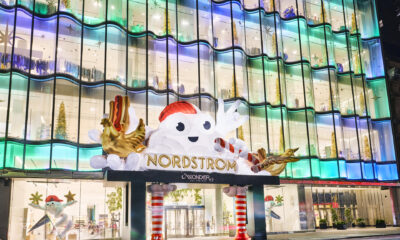
 Headlines2 weeks ago
Headlines2 weeks ago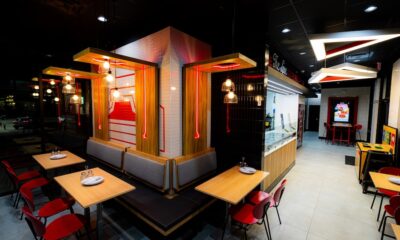
 Headlines7 days ago
Headlines7 days ago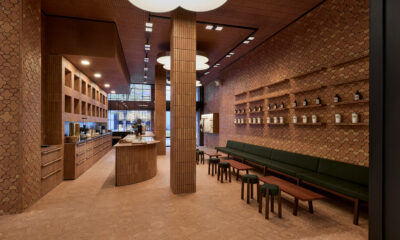
 John Ryan1 week ago
John Ryan1 week ago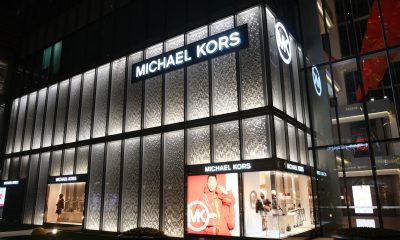
 Headlines2 weeks ago
Headlines2 weeks ago
 Headlines1 week ago
Headlines1 week ago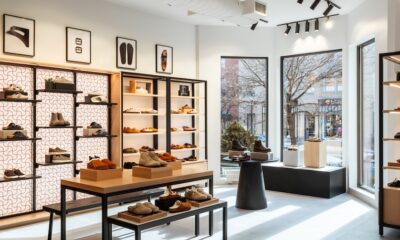
 Headlines1 week ago
Headlines1 week ago
 Hospitality2 weeks ago
Hospitality2 weeks ago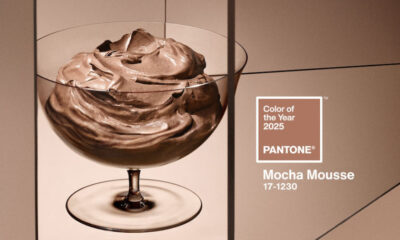
 Headlines4 days ago
Headlines4 days ago


